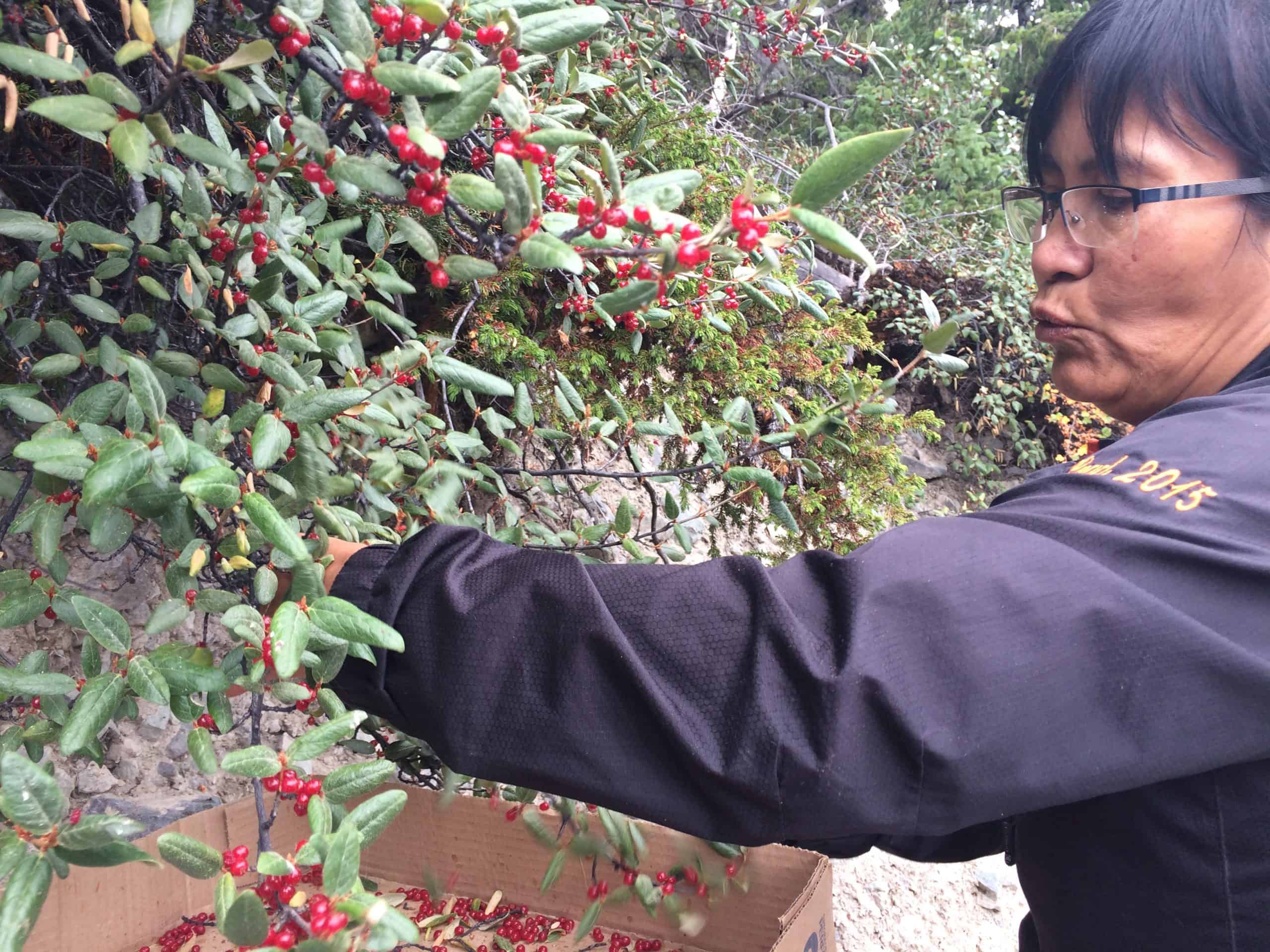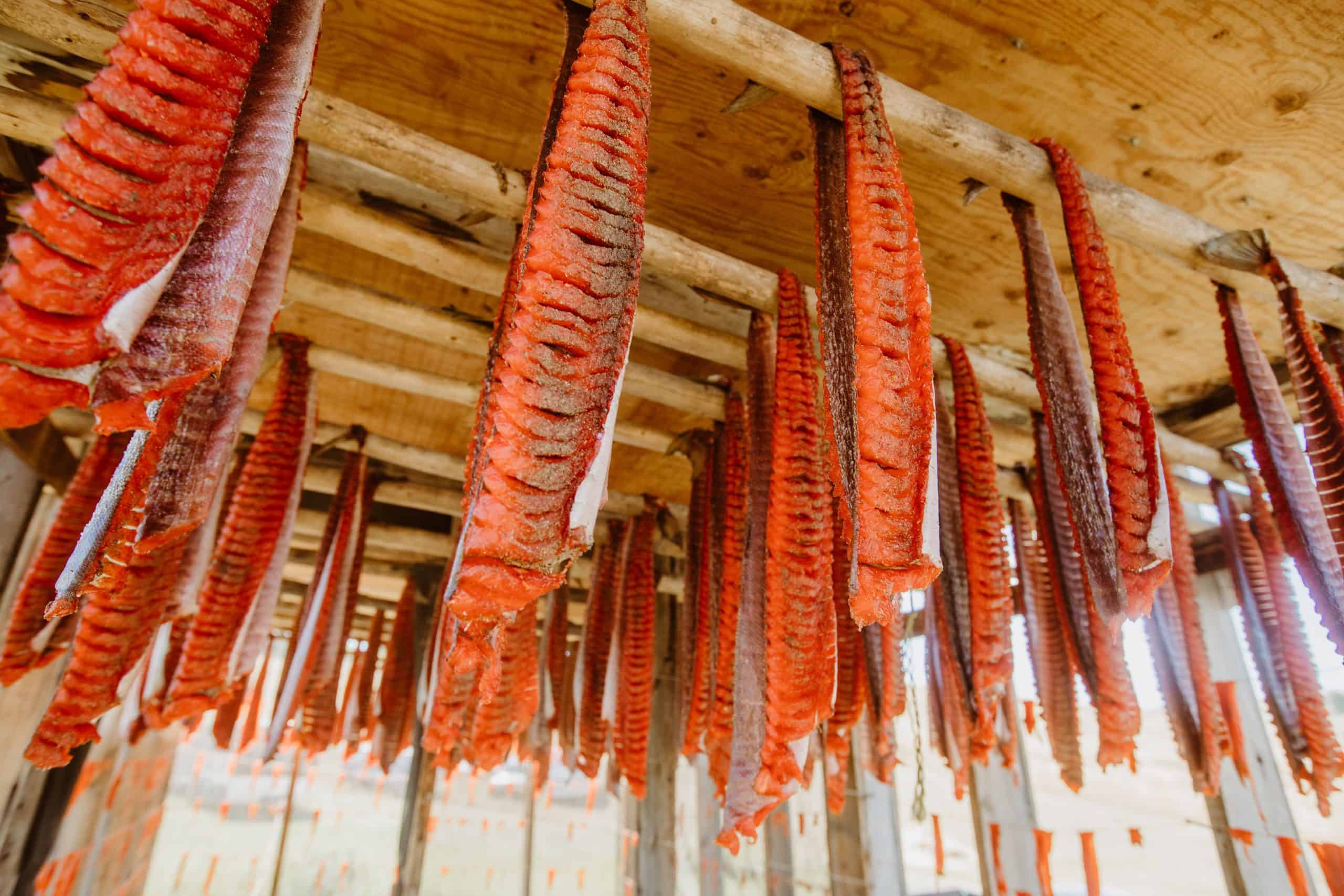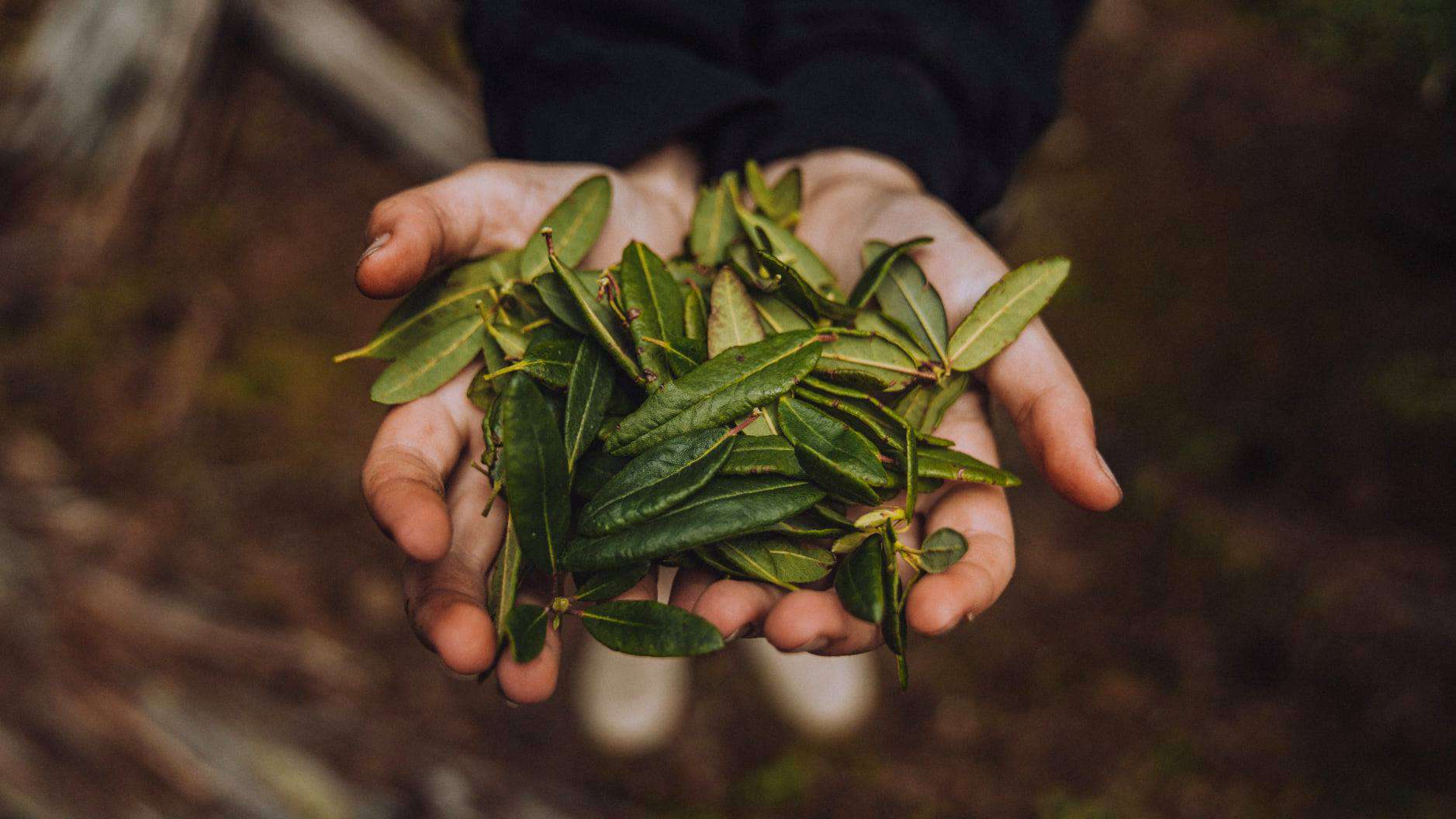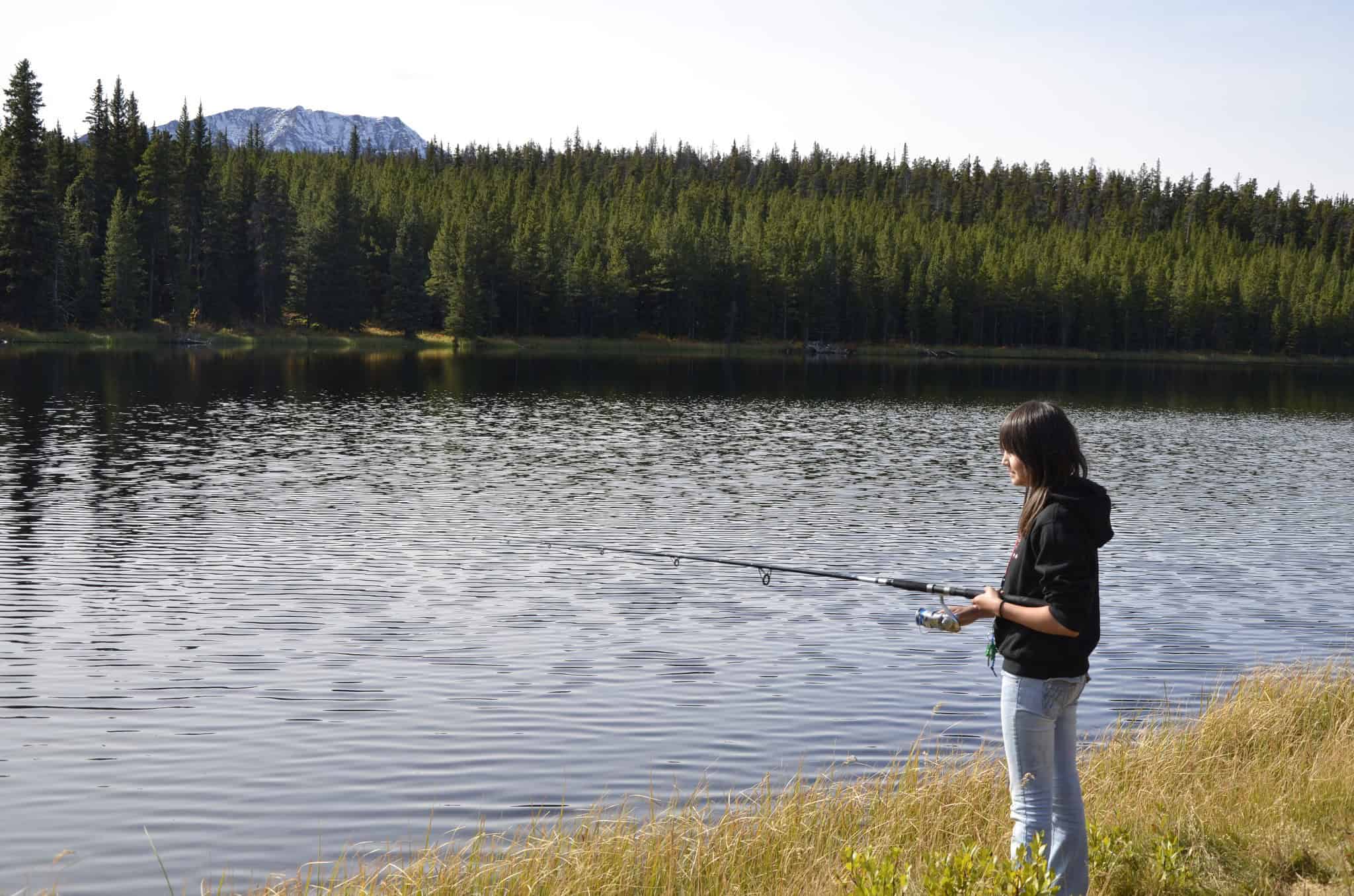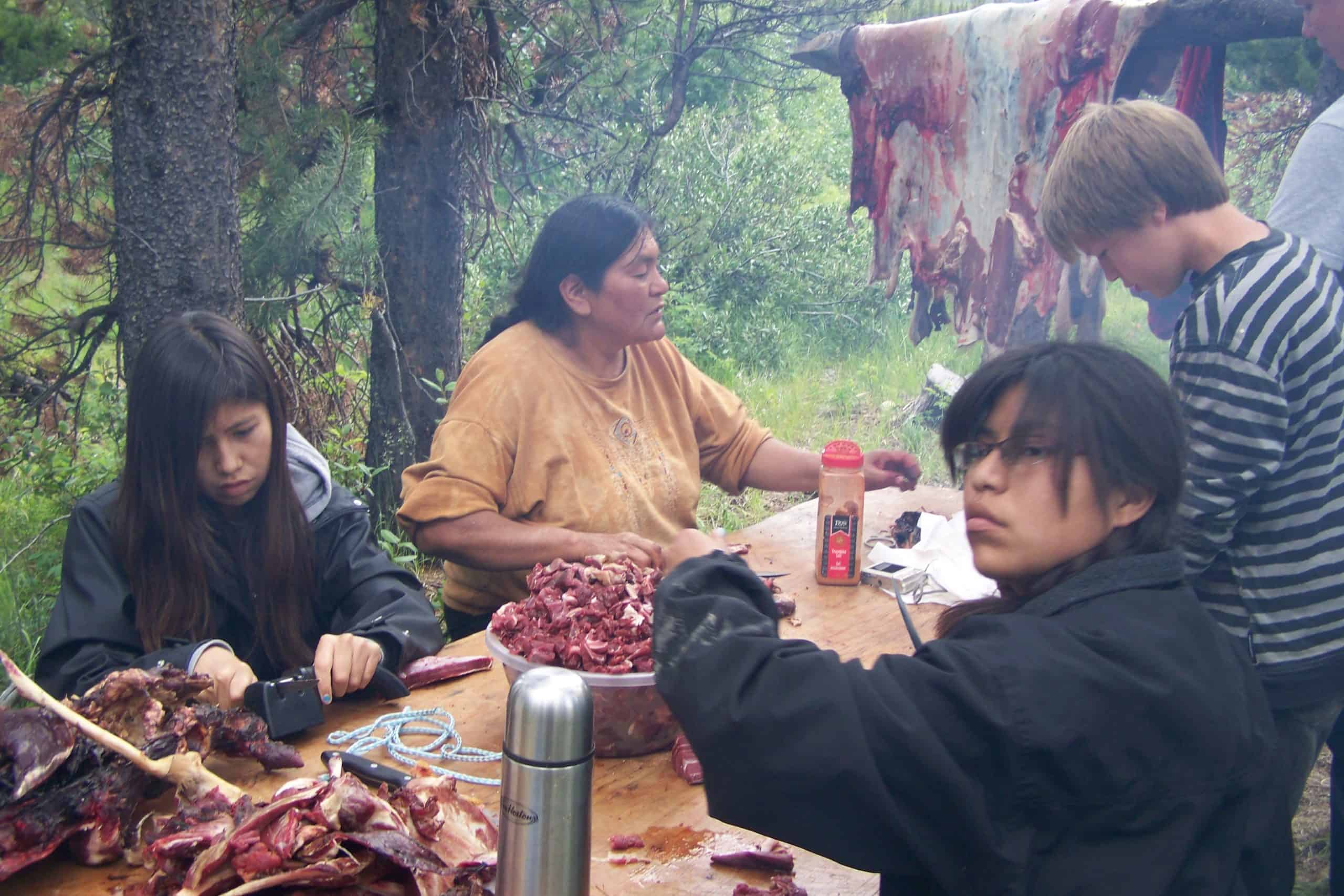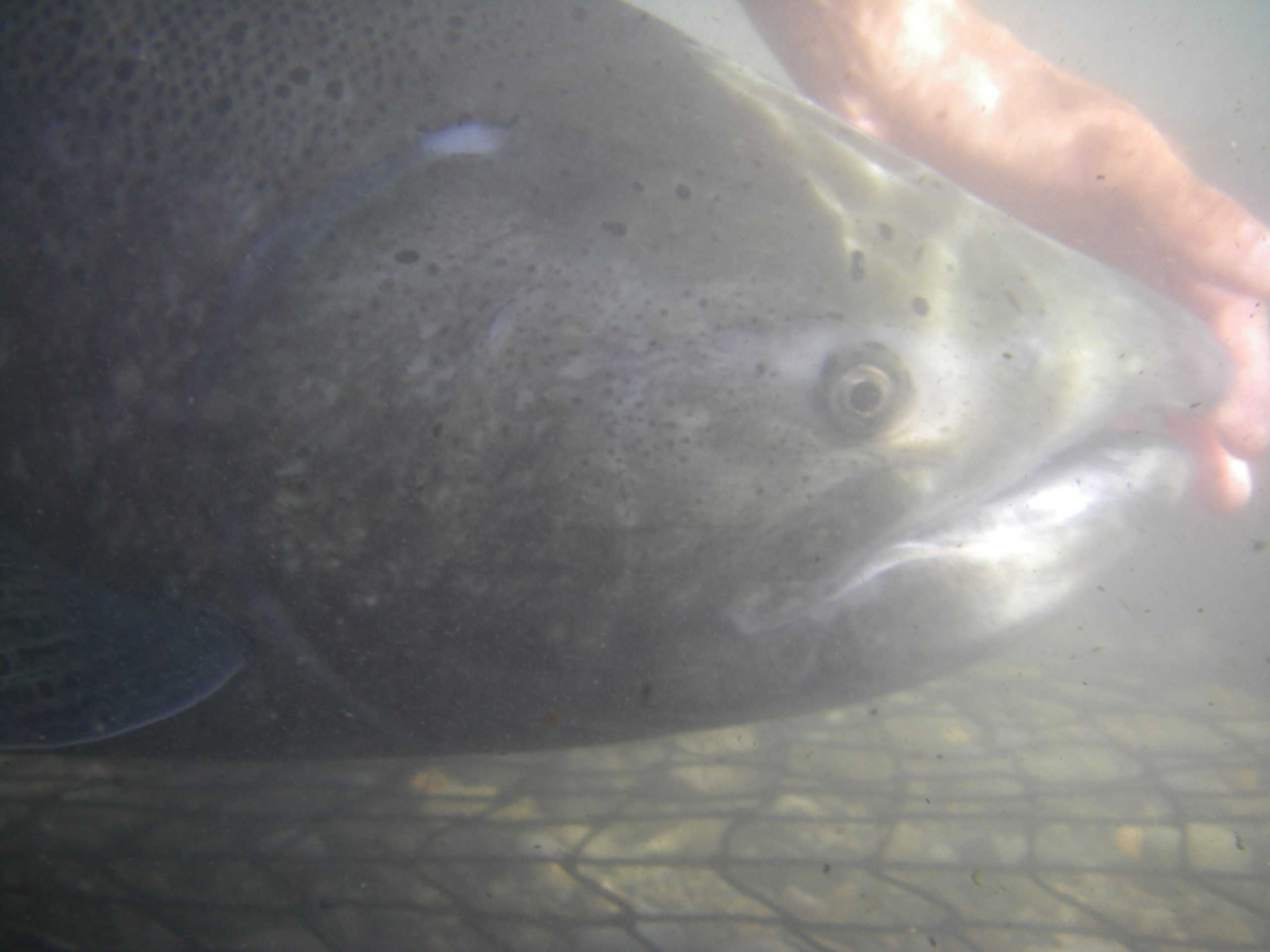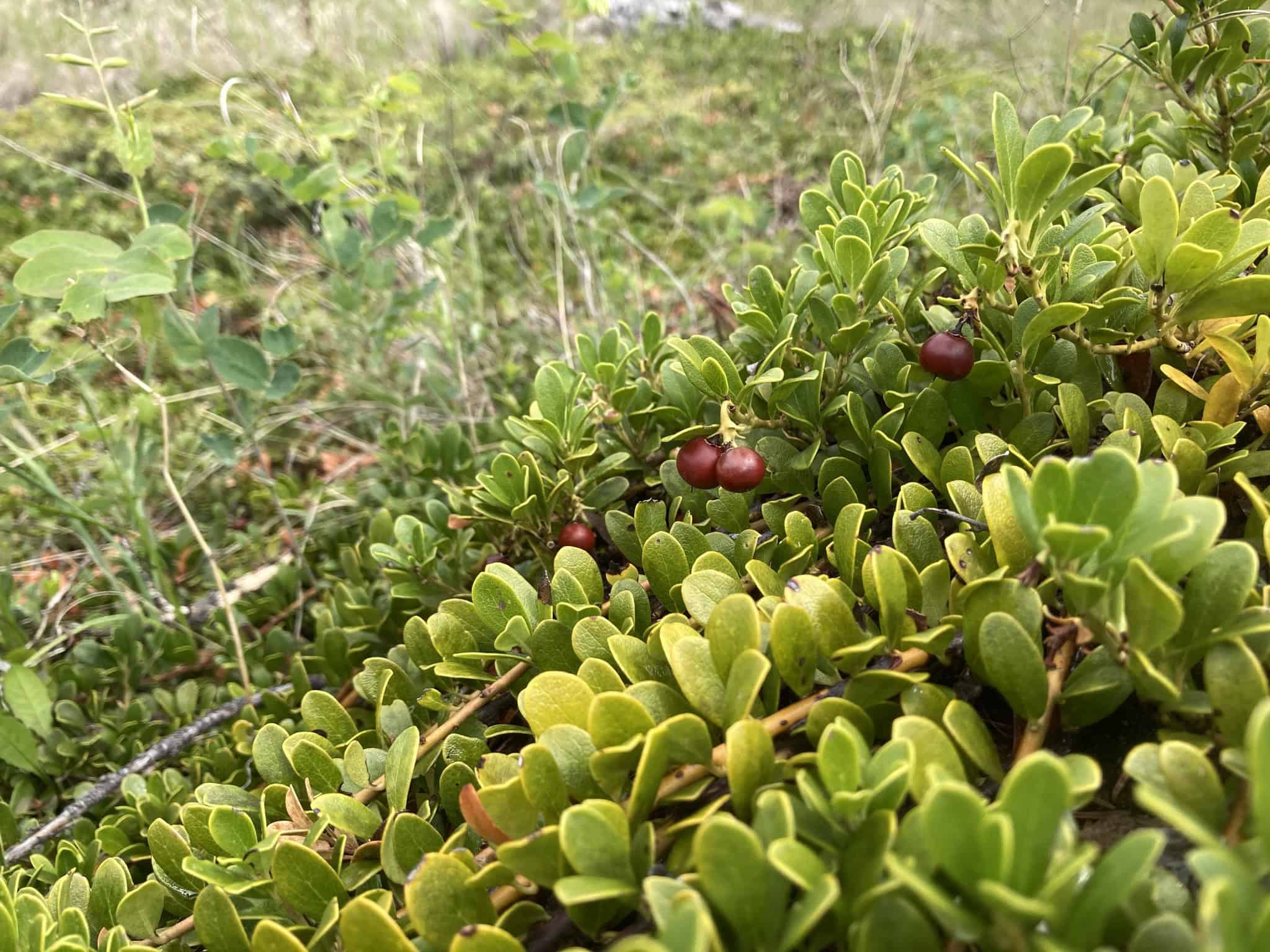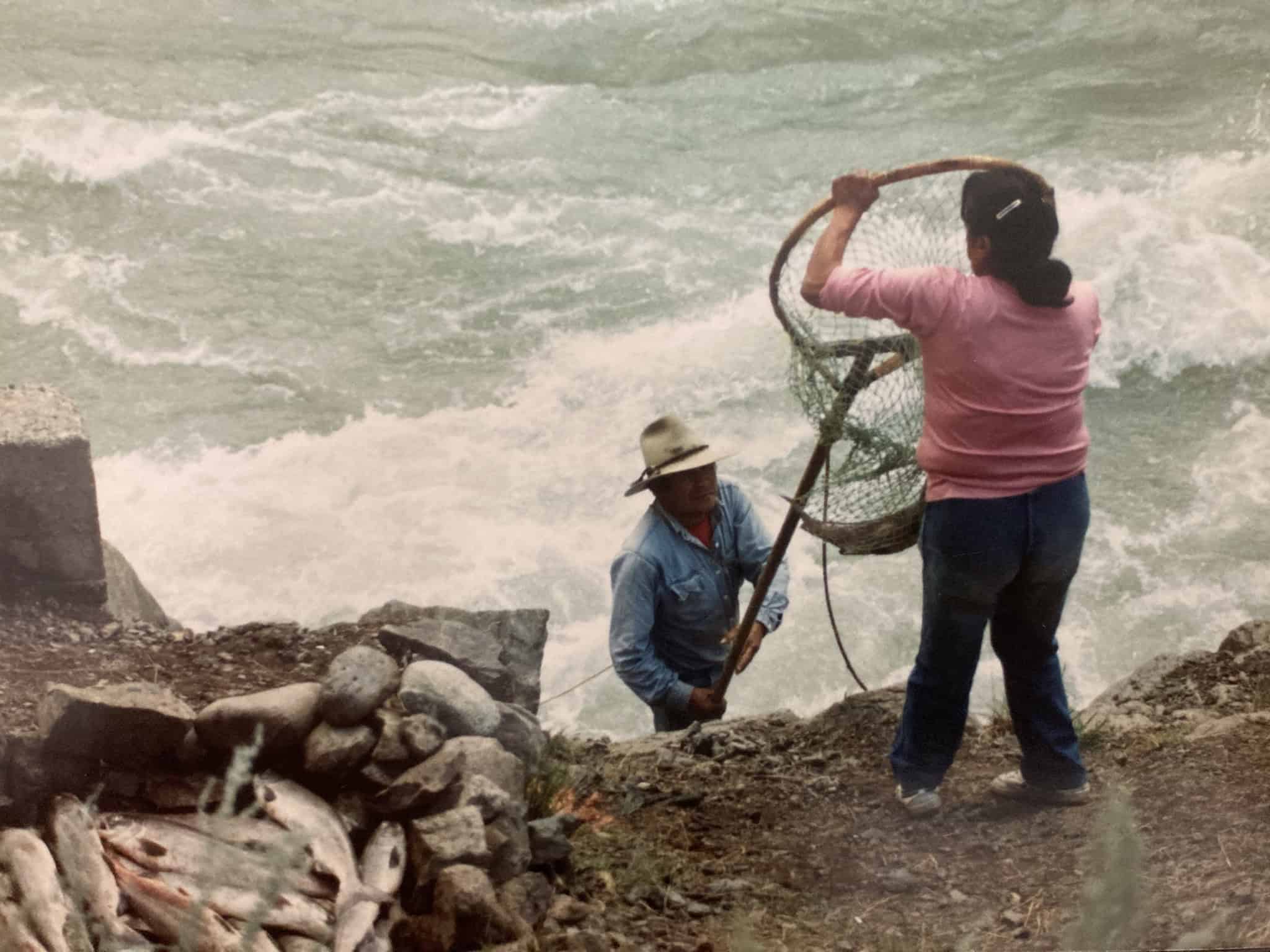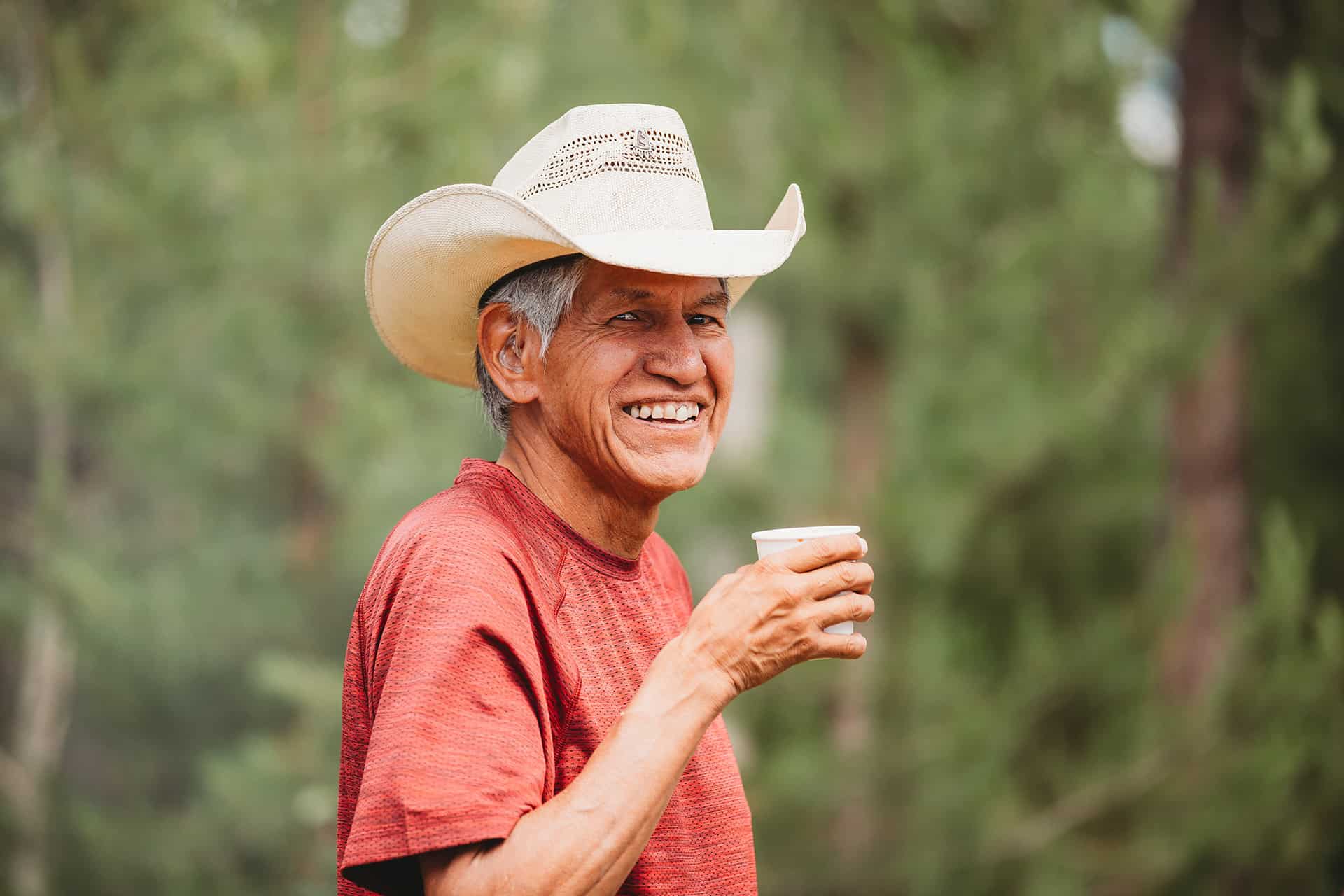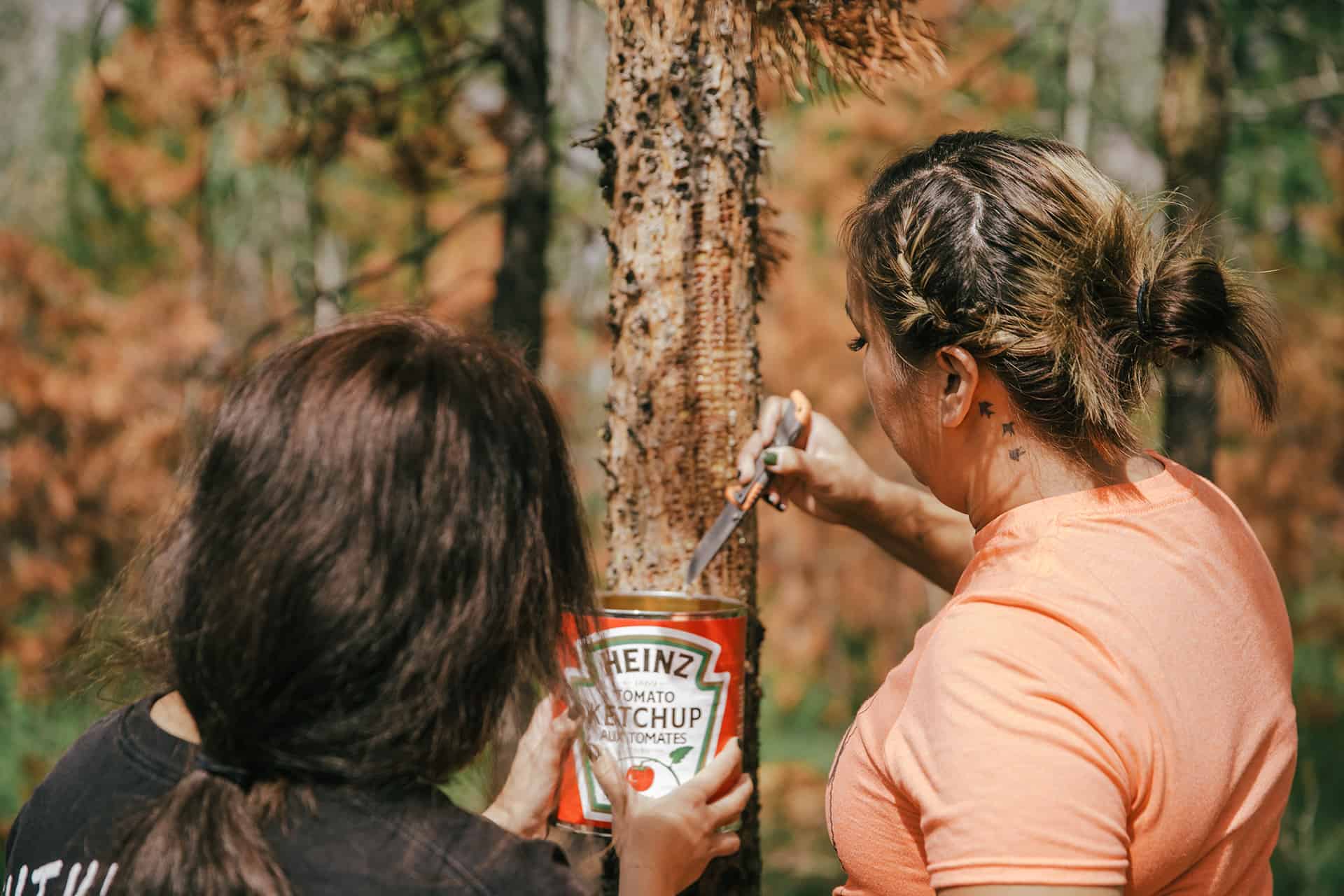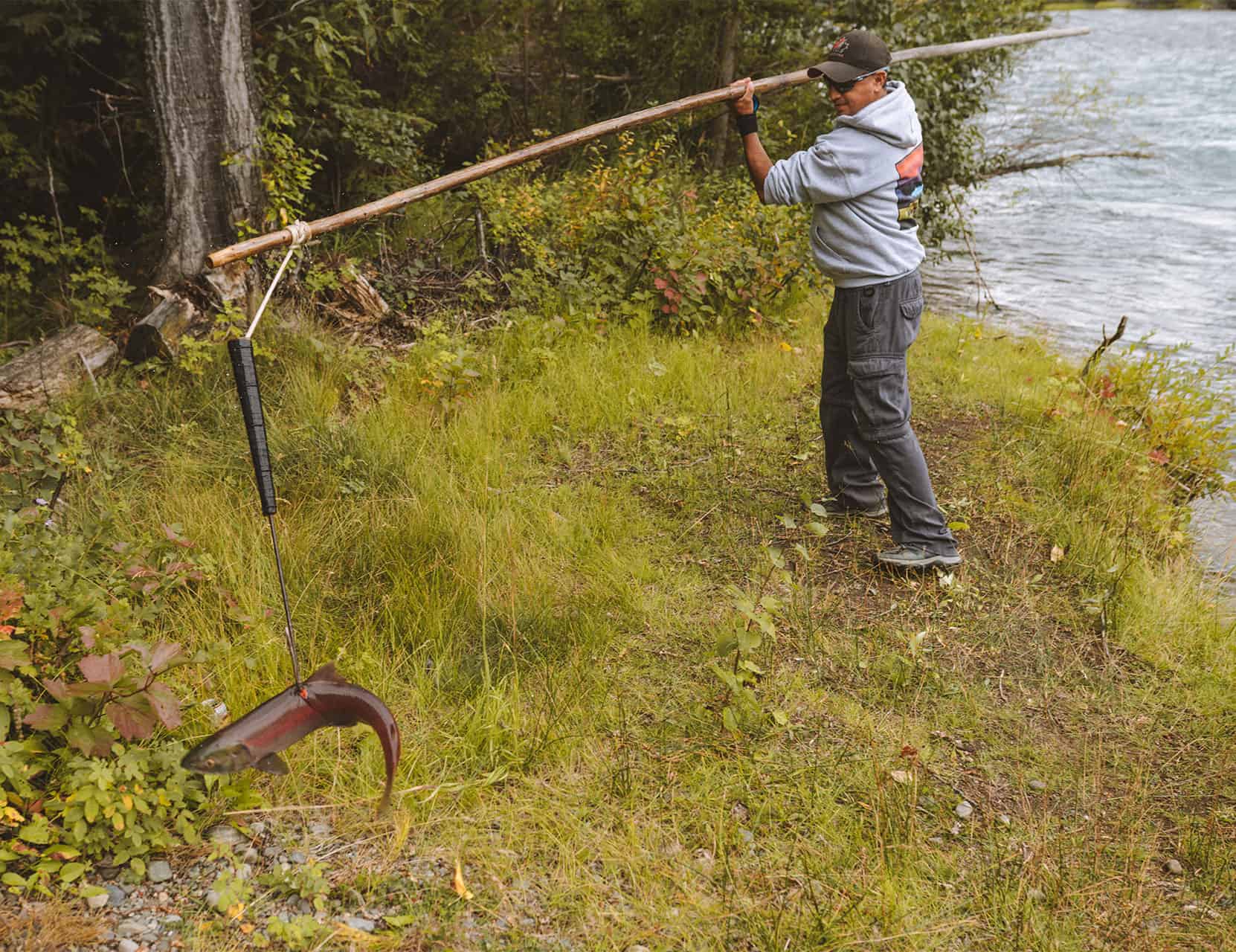Home Our Territory Nen: Lands & Resources Food Security
Food Security
Food Security and Sovereignty
The Tŝilhqot’in people lived on the land and thrived for centuries by moving with the seasons, hunting and gathering food for sustenance. Strategies are currently being developed to address access, availability, and stability in food sources through out the waterways, fields, and forests. The transmission of food related knowledge was severely impacted over the past century. Actions must be taken to re-activate traditional practices and the wisdom and values that ancestors held.
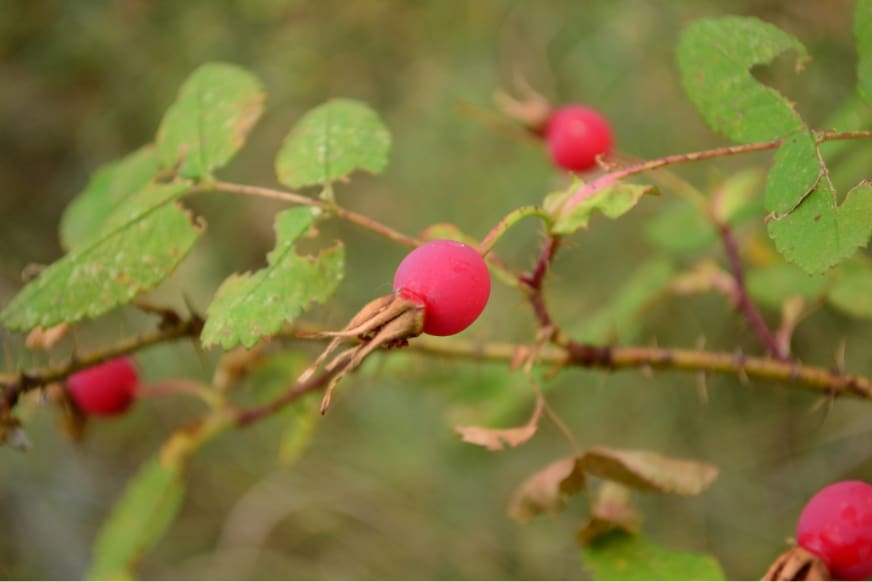
Rose hip
Climate Change and Traditional Food
Climate change is expected to shift entire ecosystems. The Biogeoclimatic Ecosystem Classification (BEC) is one useful approach to visualize changing geographic distributions of forested ecosystems in Nenqay Deni. The following maps show predicted change in ecosystem type over the next century.
In 2022, TNG conducted a study that addresses potential impacts of climate change on the location where plants may grow. TNG used scientific models to predict the present and future distributions of six plant species: Saskatoon berry, Labrador tea, Mountain potato, Trapper’s tea, Soapberry, and Chokecherry. The resulting maps indicate the potential for both positive and negative impacts to traditional use plants in Nenqay Deni. This work is a starting point for food security planning on Tŝilhqot’in nen.
View the full report here.
